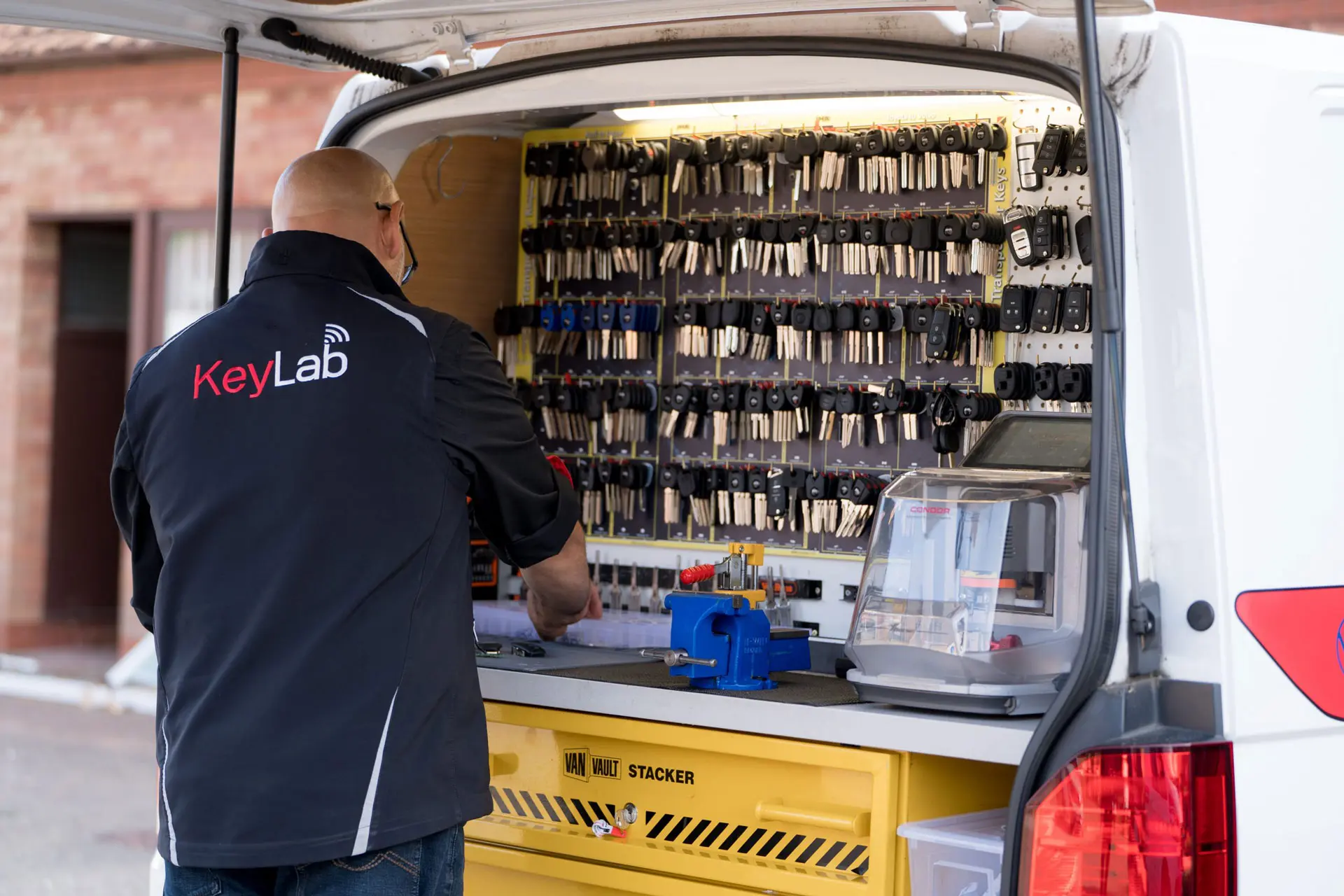Understanding the Role of a Ghost Immobiliser Installer
Recently, automobile theft has actually become an increasing issue for car owners. With the increase in sophisticated theft methods, conventional security systems frequently fail. Go Into the Ghost Immobiliser-- an ingenious car security system designed to secure vehicles from unapproved use. However, to reap the full advantages of this technology, hiring a qualified ghost immobiliser installer is crucial. This short article delves into the essence of a ghost immobiliser installer, the installation process, potential advantages, and regularly asked concerns.
What is a Ghost Immobiliser?
Before diving deeper into the role of an installer, it's vital to understand what a ghost immobiliser is. It is an innovative anti-theft device that disables a lorry's ignition and avoids it from starting unless the right code is gotten in. Unlike traditional systems that use noticeable hardware, the Ghost Immobiliser incorporates flawlessly with an automobile's existing electronic system, making it virtually undetected to burglars.
Key Features of the Ghost Immobiliser:
- Undetectable: Does not have noticeable electrical wiring or parts.
- Customizable: Owners can program their unique code.
- Smart device Compatible: Can be accessed by means of a mobile phone app.
- Safeguarded against crucial cloning and hacking.
Function of a Ghost Immobiliser Installer
A ghost immobiliser installer is an expert trained particularly in the installation of ghost immobiliser systems. Their proficiency makes sure that the immobiliser works correctly, providing maximum security for the car. Here are some of the primary responsibilities of a ghost immobiliser installer:
- Assessment of Vehicle Compatibility: Before installation, the installer assesses whether the selected ghost immobiliser is ideal for the vehicle model.
- Professional Installation: The installer will guarantee that the immobiliser is fitted correctly, that includes connecting it to the car's electrical systems without causing any damage.
- Testing and Verification: Post-installation, the installer performs a series of tests to confirm that the immobiliser is functioning as meant.
- User Training: Installers often provide training for lorry owners on how to use the immobiliser successfully, consisting of how to input the special gain access to code.
- Aftercare Services: Many installers use aftercare services, such as troubleshooting and assistance with any concerns that may develop with the immobiliser post-installation.
Benefits of Hiring a Professional Installer
While some car owners may attempt DIY installations, working with a professional ghost immobiliser installer offers numerous benefits:
- Expert Knowledge: Professionals have thorough understanding of different vehicle designs and the matching installation requirements for ghost immobilisers.
- Danger Reduction: Prevents unexpected damage to the automobile's systems that might lead to pricey repairs later.
- Guarantee: A professional installation typically includes a guarantee, ensuring that if something goes wrong, the installer can remedy the problem without additional costs.
- Insurance Benefits: Some insurance provider might need proof of expert installation for specific policies, potentially reducing premiums.
Installation Process in Detail
The installation process for a ghost immobiliser generally includes the following steps:
| Step | Description |
|---|---|
| 1. Assessment | Preliminary discussion to comprehend the needs of the vehicle owner and assess car type. |
| 2. Preparation | Collecting required tools and devices for installation. |
| 3. Disabling Security Features | Temporarily disabling basic security systems to access the lorry's electronic devices. |
| 4. Electrical wiring | Connecting the ghost immobiliser to the car's existing electronic system, following particular wiring diagrams for the car model. |
| 5. Checking | Running diagnostics to make sure the immobiliser works correctly and the automobile runs as expected. |
| 6. Training | Revealing the owner how to operate the system and go into codes. |
| 7. Final Steps | Reassembling any panels or parts that were removed for access, guaranteeing a neat finish. |
Frequently Asked Questions About Ghost Immobiliser Installation
Q1: What vehicles can have a ghost immobiliser installed?A: The ghost immobiliser works with most automobiles, including cars, bikes, and trucks. Nevertheless, talking to a professional installer is important for specific compatibility. Q2: How long does the installation proceduretake?A: The installation time differs by lorry make and design, but it usually takes between 1 to 3 hours. Q3: Can I install a ghost immobiliser myself?A: While some may try DIY installation, it is extremely suggested to hire a professional to prevent potential damage and ensure correct performance. Q4: Will the ghost immobiliser drain my battery?A: No, the ghost immobiliser is created to take in very little power and must not significantlyimpact the automobile's battery life. Q5: What occurs if I forget my access code?A: Installers usually supply a method to reset the code, however it can be a lengthy procedure, highlighting the importance of firmly saving
the code. As automobile theft ends up being more sophisticated,
purchasing a ghost immobiliser is a proactive action towards safeguarding one's car. The role of a ghost immobiliser installer is important to making sure the system
is implemented correctly and operates perfectly. Whether Ghost Immobiliser In London understanding the installation process, weighing the benefits of professional installation, or attending to common issues through FAQs, it is obvious that selecting a qualified installer will supply car owners with comfort regarding their vehicle's security. In an age where owning a lorry represents a considerable financial investment, guaranteeing its protection must not be taken gently.

